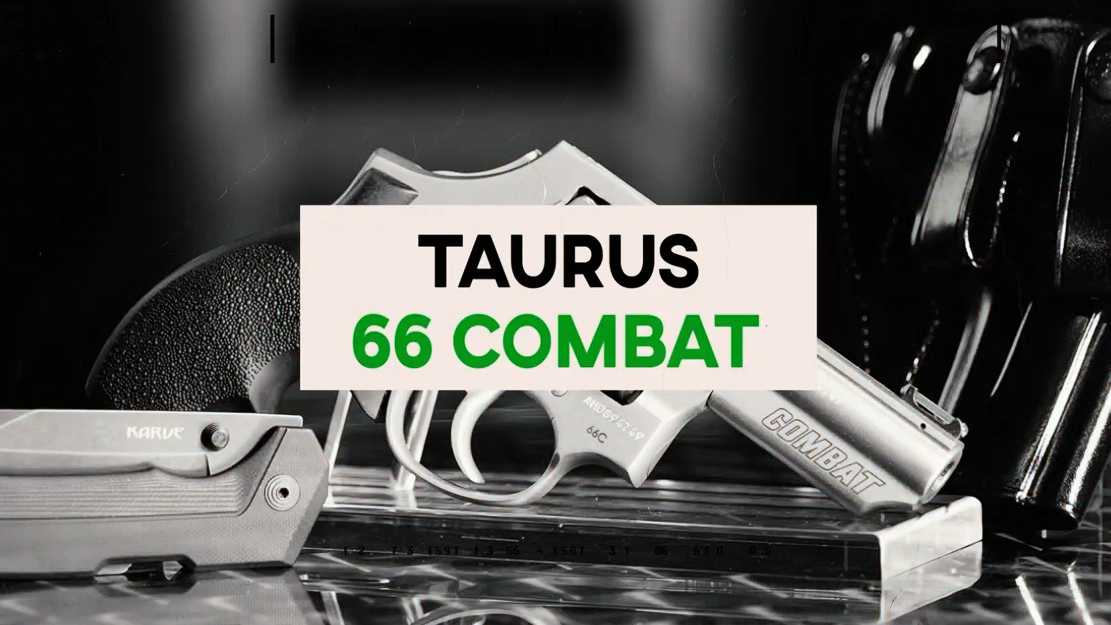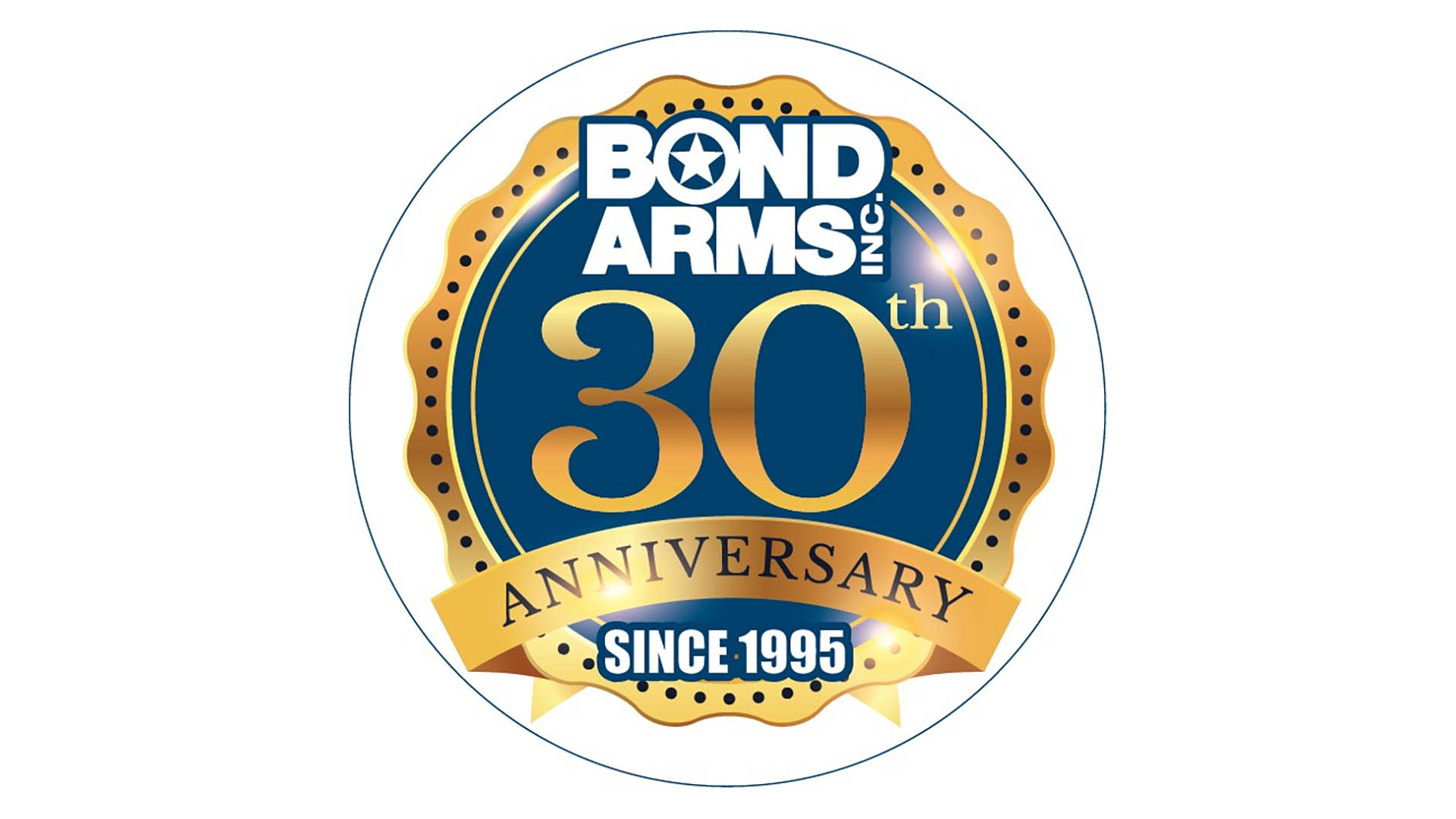
It’s one thing to learn from our experience and apply those lessons to the concealed-carry lifestyle. It’s something else to learn from the experiences of other people and then apply those lessons in both a classroom and range setting, but that’s just what John Hearne of Two Pillars Training does with three of his one day classes. The first class is titled “Defeating Violent Criminals: A Conceptual & Tactical Analysis.” Hearne is a veteran Federal law enforcement officer, and in this class he breaks down who the bad guys on our streets are and what motivates them. Building on the work of the late Dr. William Aprill, a psychologist and former law enforcement officer, and combining it with statistics from the FBI, CDC and other sources, Hearne lays out the reality of what violent crime actually looks like today and what the trends for the future look like. He also takes the time to highlight the differences between instrumental violence, where the bad guy uses violence or the violence to get what they want, and expressive violence, where the violence is used to make a statement, and then went into detail on the differences in motivation between someone who chooses violence based on anti-social behavior versus someone who is a sociopath or a psychopath.
Hearne then ties all of this together by analyzing two high-profile police shootings: The Newhall incident of 1970, where four California Highway Patrol officers were killed by two heavily armed criminals, and 1986’s Miami shootout.

The second one-day class is “Who Wins, Who Loses and Why,” and it’s a deep dive into how human beings think and act under extreme levels of stress and massive amounts of sensory overload. The class shows how the more you are able to deliver the fundamentals of sights and trigger automatically, the more of your brain is available to process information about all the other things happening around you, such as where the bad guy(s) are around you, what they are doing and how other people are reacting to the fact that a gunfight is happening right in front of them.
 The class spawned Hearne’s semi-famous “automaticity” chart, which shows his views on how much the basic skills of marksmanship have been burned into your neural pathways. While the chart is obviously no guarantee to success when things go pear-shaped, it does give you a good idea of your ability to make the shot on demand, and where you might have room for improvement.
The class spawned Hearne’s semi-famous “automaticity” chart, which shows his views on how much the basic skills of marksmanship have been burned into your neural pathways. While the chart is obviously no guarantee to success when things go pear-shaped, it does give you a good idea of your ability to make the shot on demand, and where you might have room for improvement.
The last class was the Cognitive Pistol / Tactical Anatomy range day, which tied the other two sessions together and gave us some practical application of what we learned in the classroom. Almost all the other training I’ve done (and certainly every practical pistol match I’ve shot) uses the “beep” of a shot timer to let us know when the action starts. This class, however, relied on turning targets and start lights to let us know when to get to work. To overload our concentration even more, the start lights would be scattered around the range, so we had to truly have our “head on a swivel” in order to know what was up. And to take things even further, sometimes, the signal the lights sent out was for a non-violent verbal challenge and sometimes it signaled that quick, accurate shots on-target were the solution to the problem. As a testament to Hearne’s preparation and course content, there was a 20 year veteran of British Intelligence with us on the firing line, and he was blown away by what he learned in this class.

The second part of the range session was devoted to tactical anatomy, which taught us how to make up for the fact that no matter what Hollywood and the media may tell us, pistol bullets are actually quite lousy at stopping someone who is determined to do us harm. Using data gleaned from the Newhall and Miami shootouts, the shooting part of this class stressed tight clusters of shots centered in the middle part of the chest, about where the heart and aorta are on the human body, as well as shots into the interocular cavity of the head. Thanks to a background in competitive shooting and many hours of training, these types of shots are second nature to me. What was different was thinking about how shots might strike the spine, resulting in a shutdown not unlike a shot to the interocular cavity. As a result, I began to think that shots which struck the target outside of the prime high center area of the target but were on the centerline of the body were in fact good shots that might stop the threat.
All in all, these three classes expanded my knowledge and increased my ability to defend what’s important to me with my everyday carry gear. These are not classes for someone who’s new to things, or if you have trouble making the shot on-demand, as what’s being taught assumes you have the availability to make the shot without concentrating too much on sights or trigger. However, if you can shoot, say, a Forty Five drill without a warmup, this is the sort of class that will take you to the next level, and I highly recommend you check to see if Two Pillars Training will be showing up in your neighborhood anytime soon.


































